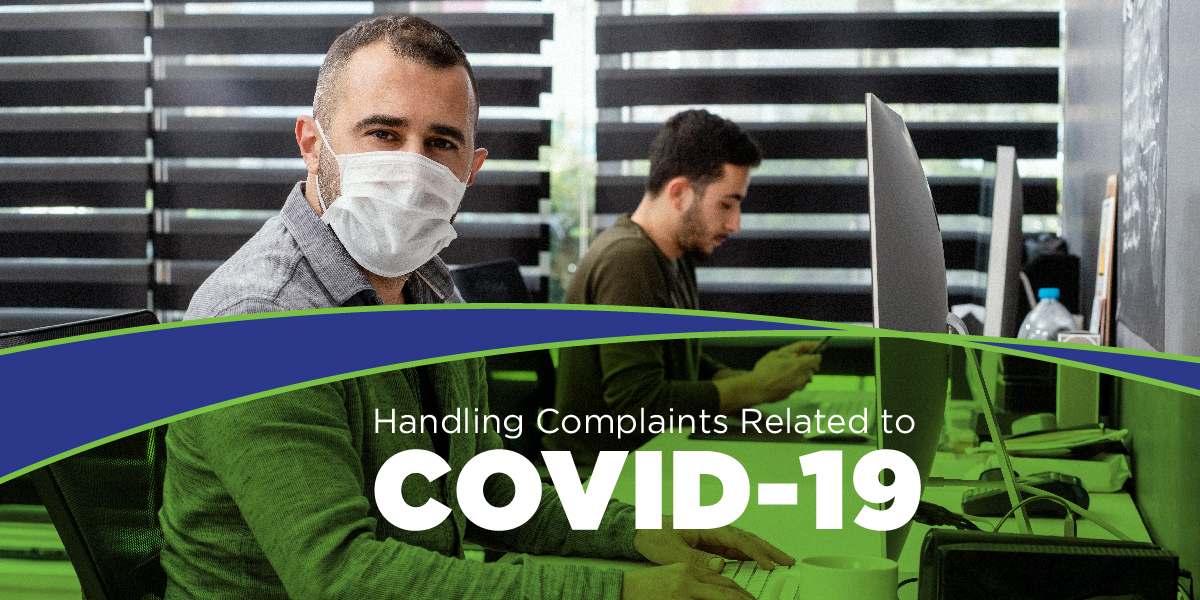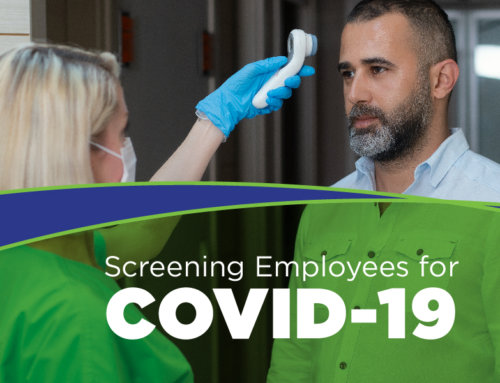Fear of the novel coronavirus has been spreading throughout every corner of the world for the past few months, including the workplace. Because essential businesses have remained open, and others are partially reopening around the country, employers have seen a significant increase in reported concerns.
So, how can you respond to these complaints, and what can you do to prepare yourself?
First of all, you should know that a worker complaint to OSHA regarding COVID-19 does not mean that you should be expecting an immediate inspection. OSHA will evaluate all complaints and only respond to the complaints that seem valid, and will focus most on-site inspections on companies with high exposure risks, such as health care facilities.
The reason for this isn’t a lack of oversight, but an issue of logistics. Because of the nature of COVID-19, any complaint would require an inspection of a large area of the plant or facility in question, and testing of a vast majority of the workers on-site. The best way to keep your employees safe and your record clean is to thoroughly investigate complaints, and isolate them to specific areas of your facility. Unlike other incidents that would call for an OSHA inspection, for instance, a worker being injured while manning one specific machine, complaints related to the coronavirus have the potential to shut down entire places of business.
Some of the most common complaints OSHA has fielded in the wake of this public health crisis include claims of a lack of personal protective equipment (PPE) and a failure to maintain social distancing guidelines.
Here is a quick list of some of the information that OSHA will be looking for on the off chance that you do receive a complaint that warrants an on-site visit:
- Training records, especially related to COVID-19 exposure and protection
- Your procedures and protocols for PPE use relating to employees suspected of exposure to COVID-19
- Medical records related to incidents of worker exposure, i.e. whether any employees have contracted COVID-19 or have been hospitalized due to COVID-19
The vast majority of American workers fall into the low-risk category for exposure. To fall into the low-risk category, workers must be employed in a job that requires no contact with anyone that is suspected to be or has tested positive for COVID-19. This applies to almost everyone but frontline healthcare workers. We mention this not to downplay the seriousness of this virus, but to accurately inform you of the likely level of risk your workers are facing.
At the end of the day, it depends on what exactly is being alleged. The best way to prevent an on-site inspection from OSHA officials is to actively enforce guidelines from both the CDC and local governments, and keep everybody safe before this becomes an issue by conducting an assessment and implementing an Infectious Disease Response Plan. Learn More Here.



